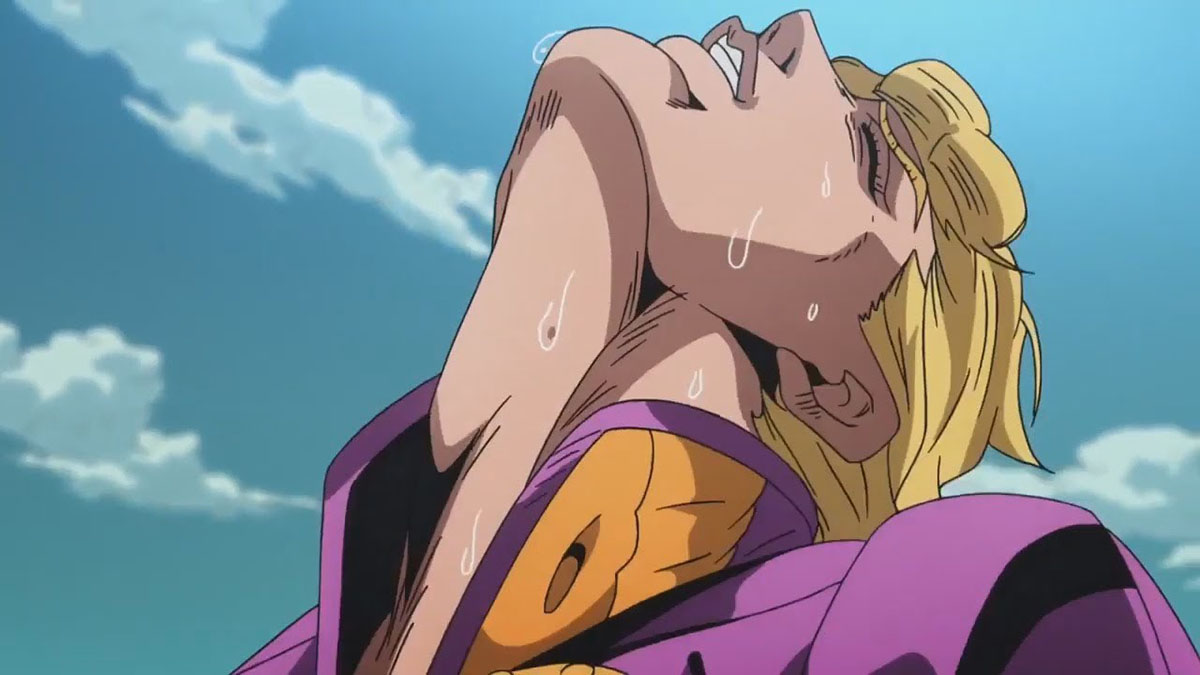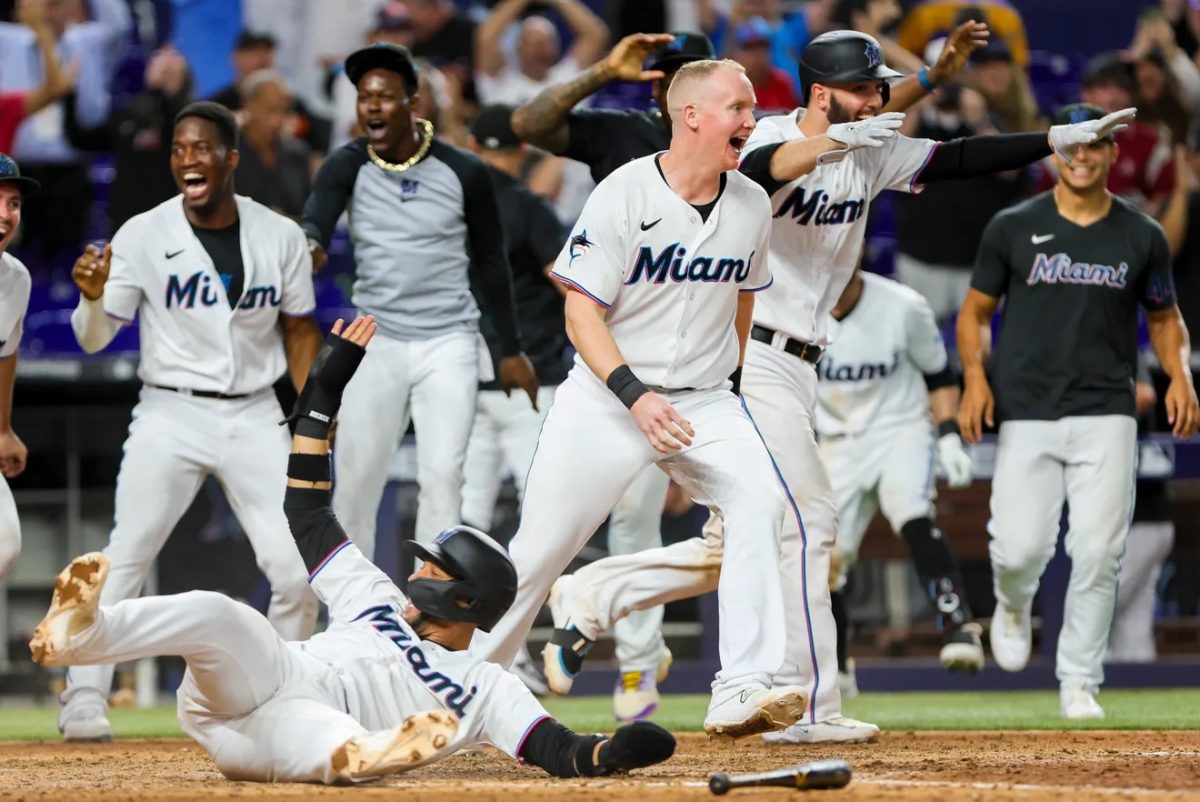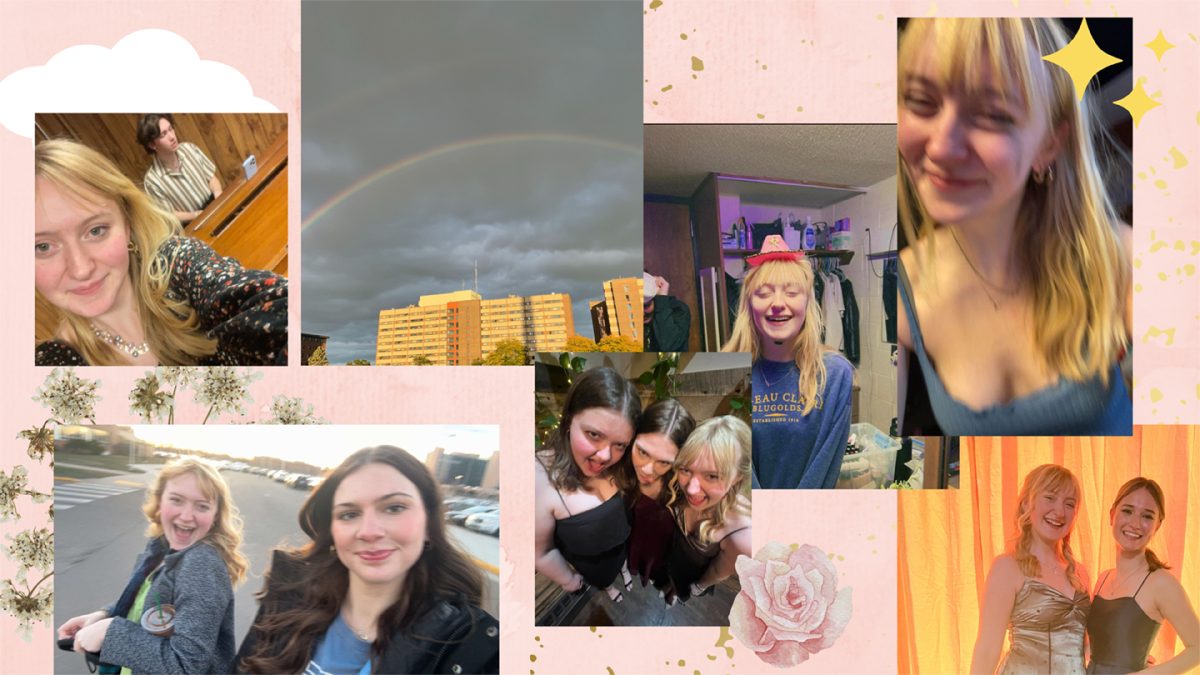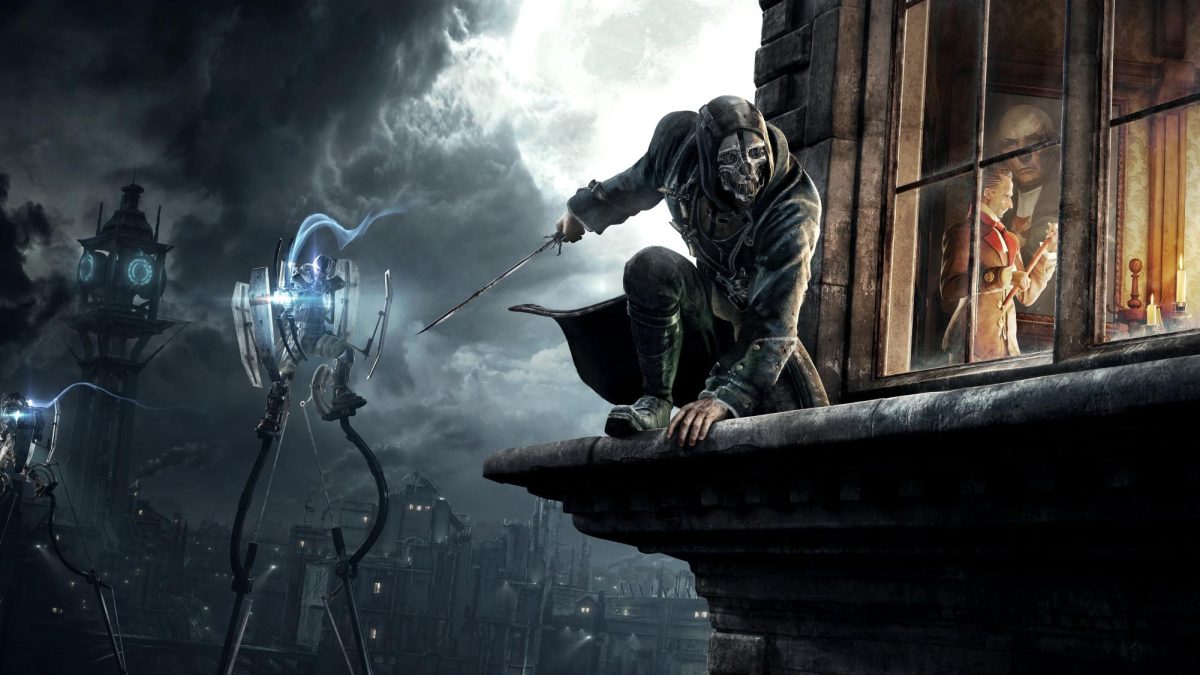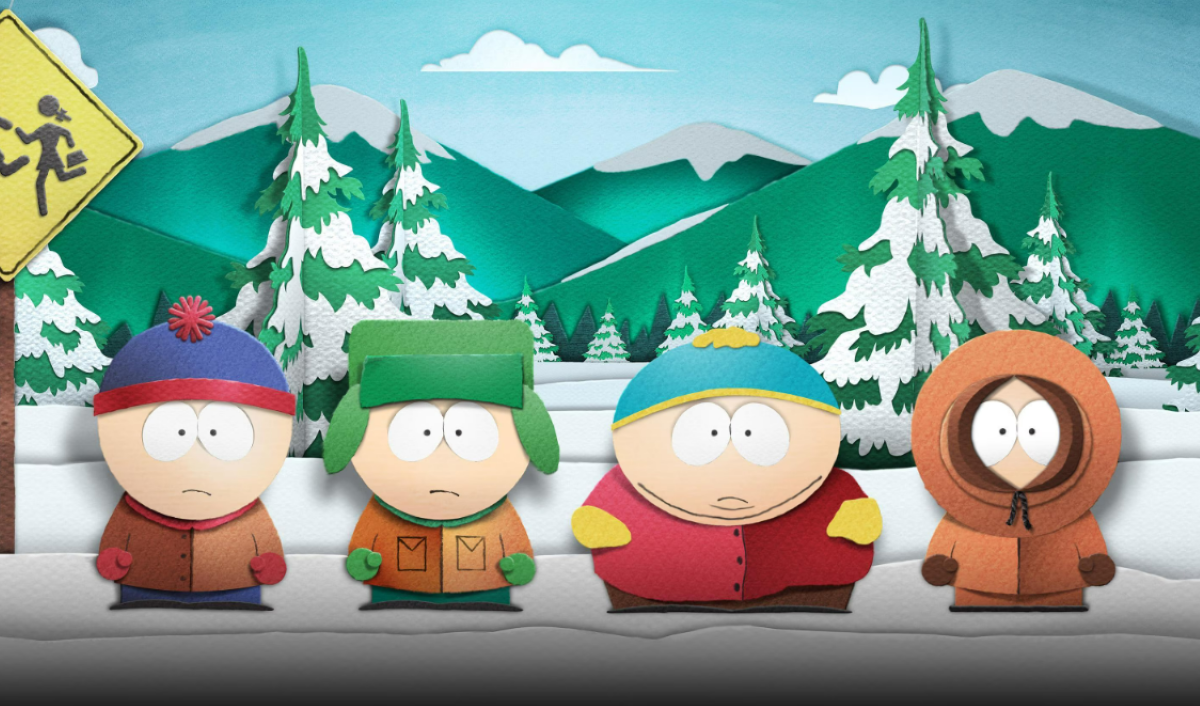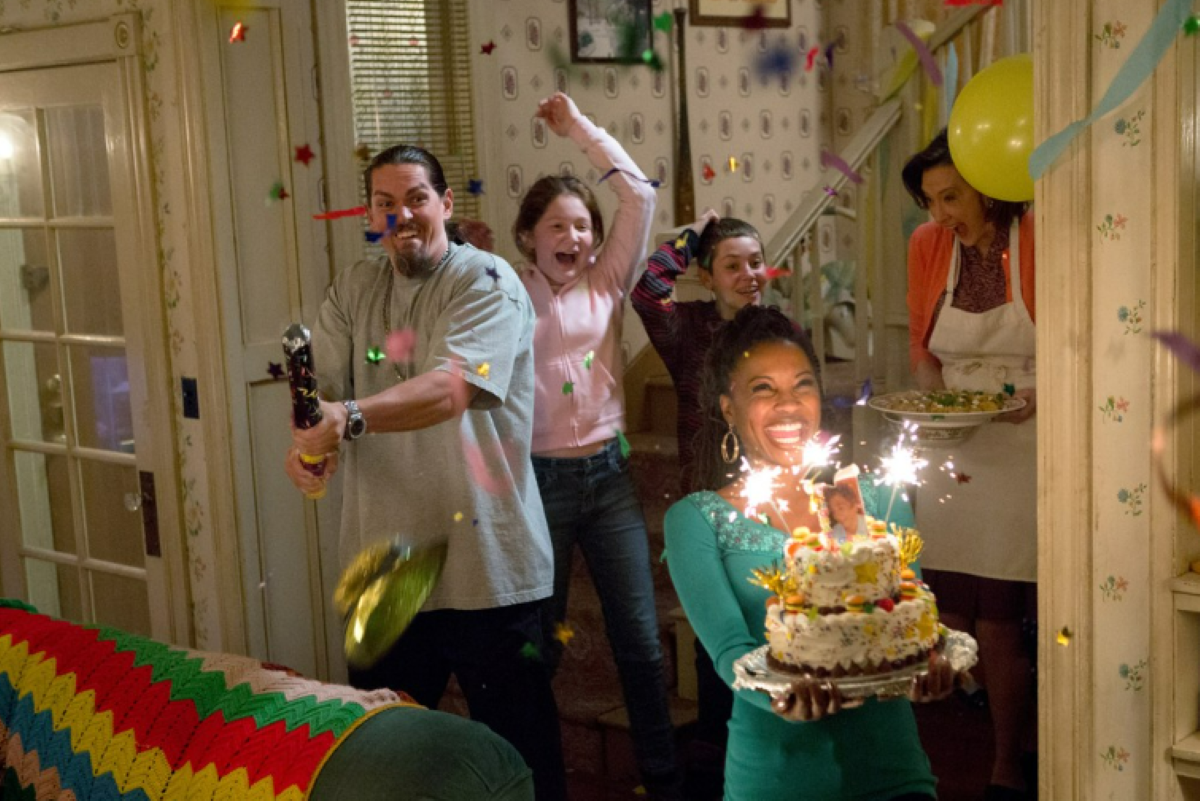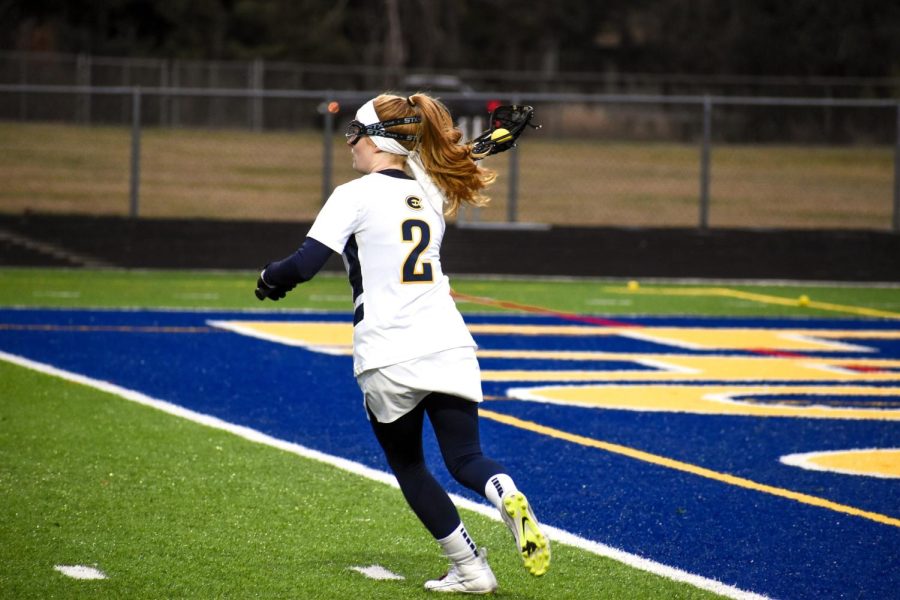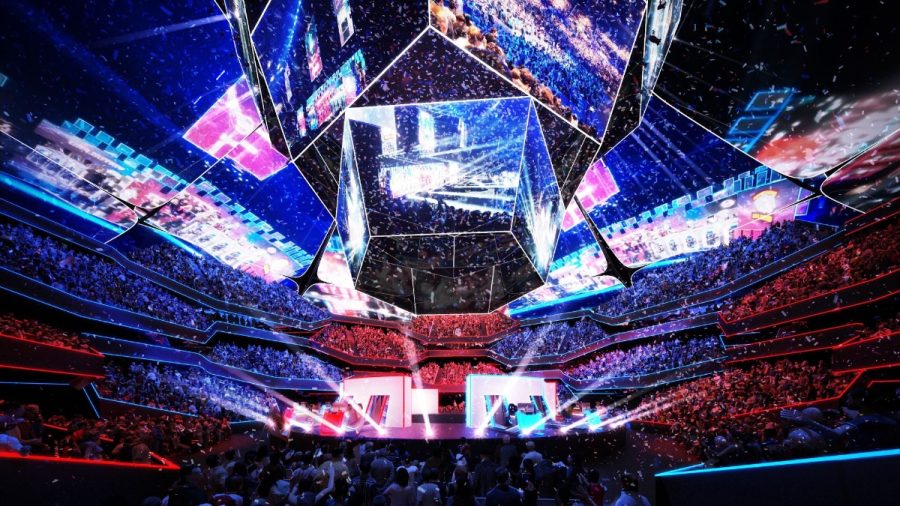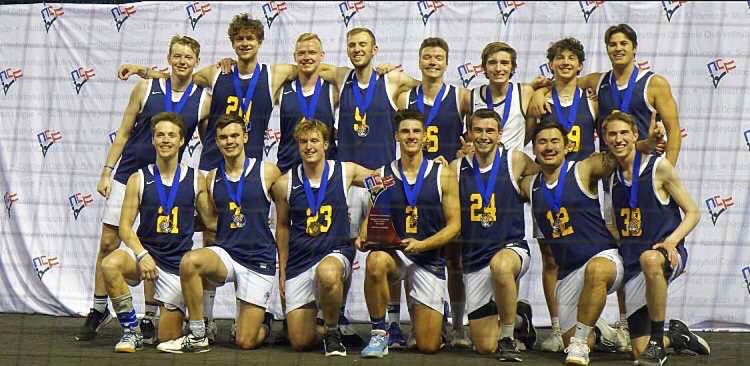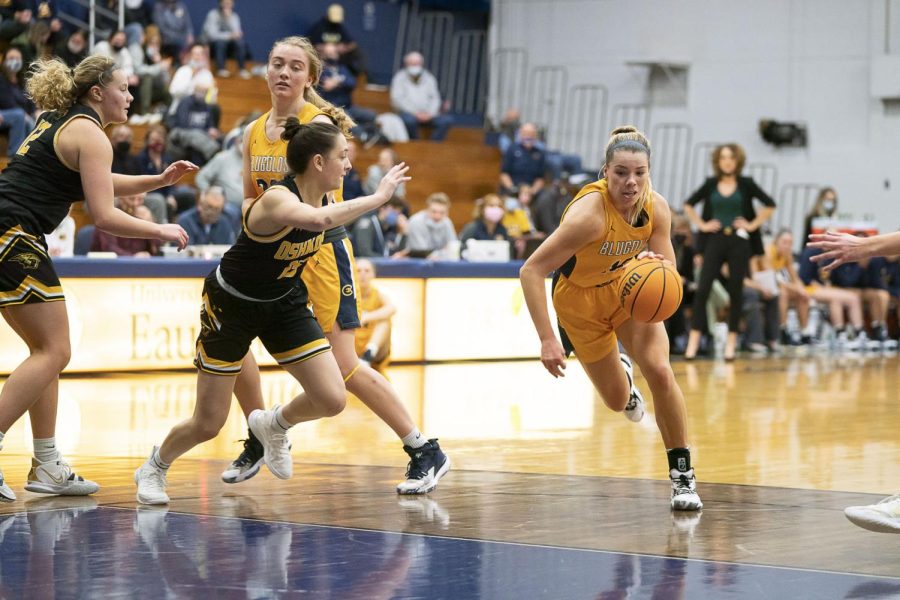If you ask any fan of “Jojo’s Bizarre Adventure” (JJBA or “Jojo’s”) what their favorite part of the show is, answers will likely range from two to five. Outliers here and there will say part six, while those who have read the manga tend to praise part seven.
If you ask what the worst part is, on the other hand, most people will say part one. They’ll tend to agree that it’s not bad, but simply the least good part of the show. It’s the shortest, the series is still trying to establish itself and the overall plot is somewhat cookie-cutter.
My personal rankings, from best to worst, are the following: Part three (Stardust Crusaders), part two (Battle Tendency), part four (Diamond is Unbreakable), part one (Phantom Blood) and part five (Golden Wind). I have just begun watching part six and haven’t read part seven.
Most fans of the show would be able to overlook Golden Wind being second-to-last, as two through five are considered to all be excellent, but few would be able to excuse putting Phantom Blood above it.
A quick explanation for those unfamiliar with JJBA. The show follows members of the Joestar family as they fight the vampire Dio and deal with the consequences of his actions on the world. The series is known for its author’s frequent use of musical figures for names.
In the first two parts, the characters fight with an energy called hamon. Starting in part three, hamon energy pretty much never shows up again, instead replaced by stands. A stand, named so because it stands next to the user (yes, really), has unique powers and does not require training to use.
I won’t waste any more time and get right into my gripes with the show.
My main problem is the pacing of the combat. A character will be near death or appear to be dead, only to say “I expected this to happen!” and have a perfect counter prepared. They will then knock their opponent into a similar state, which will continue until one person wins.
Part four already had this problem in spades. It got a bit repetitive at the end, but it was mostly forgivable because this was a situation unique to Diamond is Unbreakable.
In part two, the protagonist Joseph Joestar has a recurring joke where he says “Your next line is ____” and predicts exactly what his opponent will say. Instead of being repetitive or indicative of a problem, this is used to break tension and serves as a comedy instead of actual combat dialogue.
If the problem was only with this kind of writing, I think I’d still put it higher than Phantom Blood. But my problems with part five go beyond the combat.
Golden Wind furthers the trope of queer tragedy. There is a long history of LGBTQ+ people in the media having terrible things happen to them for seemingly no other reason than that they’re not cishet, and part five only makes this worse.
Before part five, the only confirmed LGBTQ+ was Dio, the aforementioned villain. He was indiscriminately bisexual, using people of any gender as brainwashed sexual slaves.
We’re on thin ice for queer tragedy, but it makes sense for an evil character. In part five, we are introduced to three couples of two men. One is explicitly stated to be romantic, one is implied to be romantic and the third is interpretable as romantic.
All three of these couples are evil and, spoilers, end up dead. In fact, the explicitly stated couple is killed before the show starts as a warning to members of the mafia from the boss. Why can’t we have queer representation among our heroes?
Beyond that, a lot is underutilized in this arc. Purple Haze, whom I believe to be the coolest stand in Golden Wind, is used once and never again. Fugo, the user of Purple Haze, is written off of the show halfway through and never comes back. Not as a hero or a villain.
Other stands, such as Man in the Mirror, Spice Girl and Metallica are also grossly underused. Jotaro and Koichi, characters from part 4, show up in the first few episodes just to link the two parts and then disappear. The show would have been the same without them.
This isn’t all to say that Golden Wind is bad, as I still think it was enjoyable, but I’m not going to pretend it’s the best part of “Jojo’s.” I do think there’s plenty it does well, but I think it’s important to point out its shortcomings, especially when this part is considered one of the best.
At the end of the day, though, it did give us Giorno’s sweet theme, so maybe it’s the best part after all.
Tolbert can be contacted at [email protected]. Challenge him to duel your stand.

